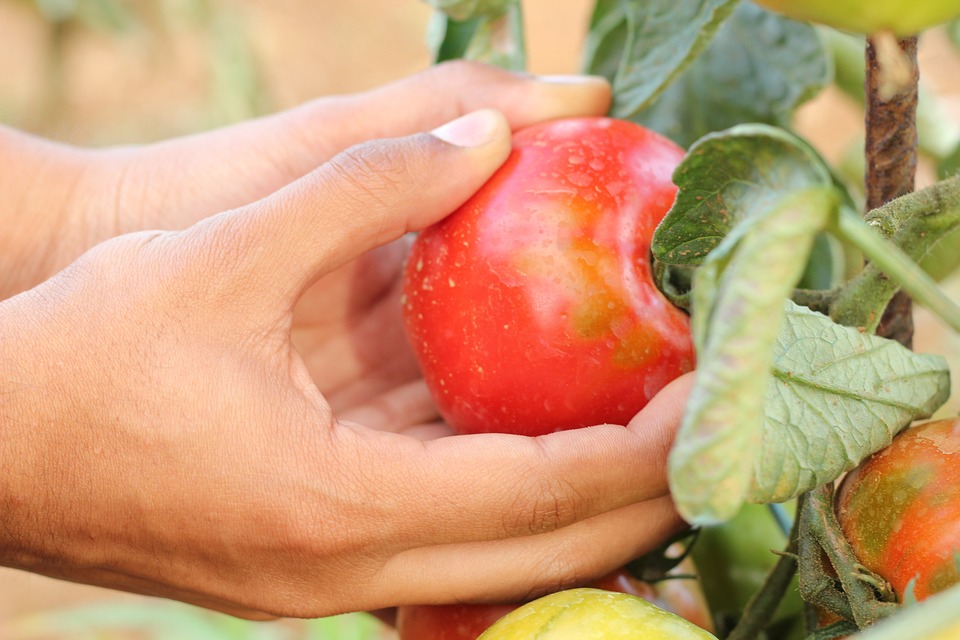Challenges and Opportunities in Adopting Sustainable Farming Practices
Challenges and Opportunities in Adopting Sustainable Farming Practices Living off the grid and fully embracing sustainable farming practices has been one of the most rewarding experiences of my life. As a passionate advocate for sustainable living, I have faced many challenges and opportunities along the way. Embracing sustainable farming practices has allowed me to connect with nature in a deep and meaningful way, while also making a positive impact on the environment. In this article, I want to share some of the challenges and opportunities I have encountered, as well as some pro tips for anyone looking to adopt sustainable farming practices. One of the biggest challenges in adopting sustainable farming practices is the initial investment of time, effort, and resources. Conventional farming methods often rely on chemical fertilizers and pesticides, which can yield quick results but ultimately harm the environment and deplete the soil. Sustainable farming practices, on the other hand, require a long-term commitment to building healthy soil, conserving water, and supporting biodiversity. This means taking the time to research and implement organic farming methods, such as composting, crop rotation, and natural pest control. While this initial investment may seem daunting, the long-term benefits of sustainable farming far outweigh the challenges. Another challenge in adopting sustainable farming practices is the need for continuous education and experimentation. Sustainable farming is an ever-evolving field, with new techniques and technologies constantly emerging. This means that as a sustainable farmer, I need to stay informed about the latest developments and be willing to experiment with new methods. While this can be challenging at times, it also presents a wonderful opportunity to learn and grow as a farmer. By staying open-minded and receptive to new ideas, I have been able to improve my farming practices and achieve better results. One of the most rewarding opportunities in sustainable farming is the chance to connect with the local community and support the growing demand for organic, locally-grown produce. As more and more people become aware of the environmental and health benefits of sustainable farming, there is a growing market for organic, locally-sourced food. This presents an incredible opportunity for sustainable farmers to connect with their community and provide fresh, healthy produce to their neighbors. By selling at farmers’ markets, participating in community supported agriculture (CSA) programs, or even starting a small farm store, sustainable farmers can build strong relationships with their customers and make a positive impact on the local food system. Pro Tip: Building strong relationships with local chefs and restaurants can also be a lucrative opportunity for sustainable farmers. Many chefs are seeking out high-quality, locally-sourced ingredients for their menus, and sustainable farmers can meet this demand by offering fresh, seasonal produce and specialty crops. One of the key challenges in sustainable farming is the need to adapt to changing weather patterns and environmental conditions. Climate change is a real and pressing issue, and its impact on agriculture is becoming increasingly evident. As a sustainable farmer, I have had to learn how to mitigate the effects of extreme weather events, such as droughts, storms, and heatwaves. This has required me to implement water-saving techniques, such as drip irrigation and rainwater harvesting, as well as to select crops and varieties that are more resilient to changing climates. While this is undoubtedly a challenge, it has also provided me with the opportunity to become a more adaptable and resilient farmer. Another challenge in sustainable farming is the need to find creative solutions to pest and disease management without relying on synthetic chemicals. Conventional farmers often turn to chemical pesticides and herbicides to combat pests and diseases, but these substances can be harmful to the environment and human health. Sustainable farmers, on the other hand, must seek out alternative methods, such as crop rotation, beneficial insects, and natural repellents, to control pests and diseases. This requires creativity and a willingness to think outside the box, but it also presents an opportunity to foster a healthier and more balanced ecosystem on the farm. Pro Tip: Encouraging biodiversity on the farm by planting diverse crops and creating habitat for beneficial insects can help to naturally control pests and promote a healthier ecosystem. In conclusion, adopting sustainable farming practices presents a unique set of challenges and opportunities for farmers. While the initial investment of time and resources may seem daunting, the long-term benefits of sustainable farming far outweigh the challenges. Continuous education, experimentation, and adaptation are key aspects of sustainable farming, and they provide valuable opportunities for personal and professional growth. By connecting with the local community and supporting the growing demand for organic, locally-grown produce, sustainable farmers can make a positive impact on the environment and the food system. Despite the challenges, the rewards of sustainable farming are immeasurable, and the opportunity to lead a more mindful and sustainable lifestyle is truly priceless.










